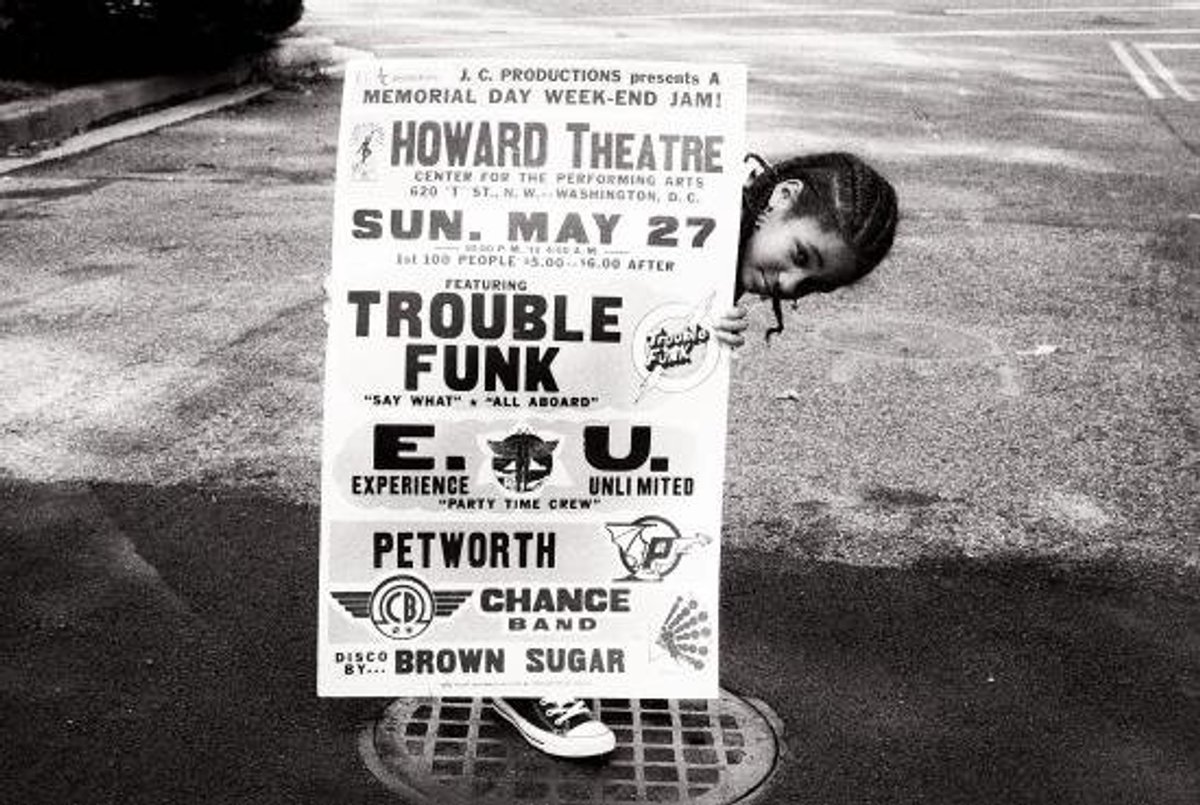






Contributor Bryndon Cook unearths the history behind the massively influential, yet widely unrecognized, genre started in and around the US capital (a geographic area affectionately & efficiently known as the DMV - DC, Virginia, Maryland): Go-Go.
*This essay series charts the development of, late 20th century, sonic migration. With the chief focus on regional musical topography as an analogous window into the fabric of the African American experience.*

Experience Unlimited
By law, the official music of the nation’s capital is defined as “Go-Go”. Say what now? What is that? The shining beacon of an east coast caveat known by many, but a mystery to most. It is often traced along the county lines of DC, Maryland and Virginia with its roots and evolution extending far into the depths of the Chocolate City, and its surrounding neighborhoods/counties. From generation to generation, its sound has swayed, ebbed and flowed; constantly redefining and reemerging as something new. However, its trademark elements and essence remain the same: call & response, continuous congas and even catchy covers converted into endless jams. A heavy culture of bootlegging, dubbing and trading in rare live performances carried this art form into the hearts, homes and traditions of its people. To some extent, it never reached its fullest international potential as it dropped off before it could properly take off. However, despite its mutability, Go-Go has in fact indelibly etched itself into the sound and landscape of modern music and all of its popular forms.

Experience Unlimited
THE SOUL
Exiting the Civil Rights movement of the 1960s, the landscape of Black music found itself with an entirely new and burgeoning sense of purpose. The joy and pain of MLK’s March On Washington (basically in their backyard) teamed with his subsequent murder, painted a stark picture of “black expendability”. The victories and tragedies experienced by densely populated African American cities cultivated a sense of community for creativity and upward mobility. Then and still a bit now, the center of the universe within the souls of black folk was the Church. Younger kids would convert their gospel chops into more secular vehicles, in order to bring another form of joy to the people. This tradition of praise and worship, and devotional music within the Methodist, Baptist and Pentecostal churches carried life blood through these cities with a vengeance for uplifting an otherwise oppressed and disenfranchised people. Nearly every facet of Go-Go can be walked back to these altars of fellowship, safe havens offering security and identity. A stolen people only a stones throw away from Slavery, sharecropping, Jim Crow and it’s everlasting effects were soul searching for ways to define and redefine themselves. A constant search, journey for joy, peace and self understanding led this next generation to find the answer. Bands fully fluent and immersed in blues, jazz, rock and funk sought to bridge the gap between the sanctity of the church and the passions of party culture.

Chuck Brown
The proclaimed “Godfather of Go-Go”, Chuck Brown, may not have been the first, but is undoubtedly the face and soul of this movement and culture. A former convicted felon and everyman, “soul-searching redemption” was not foreign to Brown. The basis of Go-Go sound is a back-beat; an unmistakable rhythmic thread woven into the fabric of praise music. A traditional church service is bookended by music. Once the preacher has reached exegesis (basically, a long-winded conclusion), it is custom for the choir and band to join in support: a call and response. This creates a pulse which is often accompanied by a driving bass drum/snare/hi hat four on the floor feel; a staple of the sound to come. Brown formed The Soul Searchers in the early 1970s, and released their 1972 debut We The People, after being recorded in Falls Church, VA. Bands like Black Heat and Experience Unlimited (EU) soon emerged as soul-funk fusion outfits cosplaying within an alternate universe adjacent to popular acts like Herbie Hancock & The Headhunters or Roy Ayers. During these early years, the sound of these bands was an organic and sometimes completely instrumental fusion palette. All of that would change in a matter of years, as The Soul Searchers developed the Go-Go sound into something unique to the area and unlike anything else.

JUJU & Black Heat
The Breaks

Rare Essence

Rare Essence
A tenet of Go-Go is the constant referential nature it orbits around the popular music of its respective time. For instance, in its early days and incarnations, Rare Essence would meet in Southeast DC basements to jam Top 40 hits like “Jungle Boogie''. Organically creating their own versions and sections for hours on end, to be performed at smaller (sometimes secret) clubs dubbed “go-gos”. This tradition helped to form the distinct beat of Go-Go. Salt of The Earth, the 1974 sophomore release from The Soul Searchers, marked a definitive turn in their sound. Brown adopted a rap-like delivery that predated the incoming wave of party-rap acts & labels like Sugar Hill. This MC-based, lyrical approach, moved to the forefront of the performance side of the music, while the rhythm section became a sustaining force behind it. Neither piece lost their prominence in the mix, but rather, locked into a sustainable and irresistible groove. The A-side from the record, “Blow Your Whistle'' was a breakout hit and prime example of that DNA which would course through Go-Go’s veins forever. This success was particularly due to the production of Carl “Maxx'' Kidd, a radio impresario turned label executive. Maxx Kidd, as he was colloquially known, founded T.T.E.D Records and helped secure a place for the burgeoning sound on black radio. His plan and his movement worked wonders for Brown & The Soul Searchers, as their new album planted a seed in the soil of modern music. “...Whistle”, for example would later famously be sampled by Swizz Beatz & Eve on her 2007 classic, “Tambourine” and many other songs. However, even more influential to Hip Hop and dance music, is the drum break from the infamous B-Side, “Ashley’s Roachclip”. A drum break, both synonymous with DC as it is with Hip-Hop as a whole, would be sampled by early legends like Eric B & Rakim, and repurposed by the likes of Lil Wayne & Lloyd. In fact, as music moved into the 80s with the birth of Hip Hop labels, like Def Jam, it became commonplace for rappers to mainly rhyme over Go-Go beats. Salt Of The Earth was the beginning of the revolution DC had been waiting for.
THE BEAT
The Go-Go Beat found itself at the center of Hip Hop’s sonic development through the decades. Both artforms were underground and connected to the people, first and foremost. The streetwise and ear-to-the-street sensibility of Brown and his peers began to reflect in their subsequent releases after Salt Of The Earth. Furthermore, their next release and biggest hit of 1978 was a sort of interpolated sample. It is a nearly confirmed urban legend that the rhythmic pulse of the Grover Washington Jr. 1975 Jazz-Funk classic “Mister Magic” became the DNA for Brown’s trademark groove which became “Bustin’ Loose”. It was the title track of their third album which fully solidified Go-Go’s identity and place within mainstream radio, setting them apart from other DC disco-funk mainstay bands like, The Blackbyrds. We would hear remnants of “Bustin Loose'' for years to come: it’s influence can be heard from the George Clinton 'copycat’ mixmaster era release “Pumpin’ It Up” all the way up into the homegrown Virginia sound of the Neptunes’ “Hot In Herre” with Nelly. The song would take its place as a de facto anthem of the area, as Go-Go set its feet firmly in the soil of progressive black music.
Within a live setting, “the beat” always remained paramount to the ultimate experience. Brown devised a plan to place the groove of the drummer, conga & timbale players on a continuous track behind himself, allowing the live set to feel endless as he rapped, sang and gave shout outs to neighborhoods and even people celebrating birthdays, for instance. “As long as the beat don’t stop…” became common lingo by Brown and others, signifying this definitive ideology of a dance culture scored by nonstop music that could “go, go and go...” for hours. The Godfather was born, and began to birth bands that followed suit such as: Trouble Funk, Rare Essence and others who would carry the sound into the ever changing landscape of the 1980’s.
THE SWING

Doug E Fresh GoGo Ticket
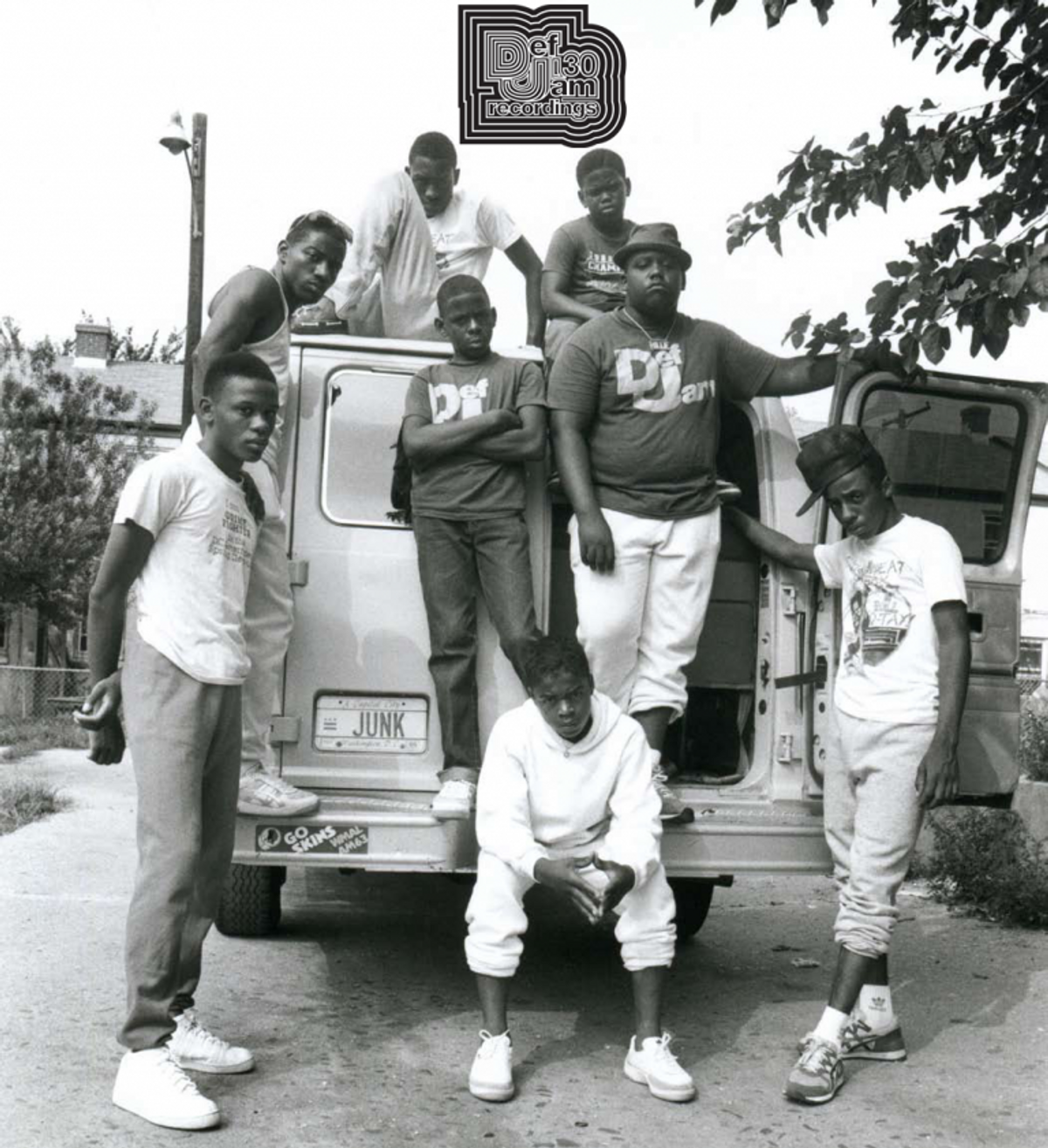
Junkyard Band
By the 1980’s, Hip-Hop began to be distinctly defined by its progression as the prevailing form of American Pop Music. Kurtis Blow, Afrika Bambatta, Slick Rick, LL Cool J and Eric B/Rakim were few of the many examples of major artists using the Go-Go Swing as their rhythmic weapon of choice at this time. But what is the Go-Go swing? Technically, it is determined by the spacing of notes which would otherwise be locked to a grid of beats per measure. The smallest shift by a fraction of a % can change the entire landscape of a beat's rhythm and meter. However, spiritually and within the confines of this artform, it is something instinctively felt between the drummer/conga/timbale players and can potentially vary song-by-song. The popular swing rhythm coming from the premiere Go-Go bands of the time, were generally pushing the % higher past 50%. This was the common sound and feel that producers like Teddy Riley would later adopt and dub: New Jack Swing. As Hip Hop started taking over the radio and pushing traditional boogie/funk to the background, Go-Go bands continued their tradition of keeping up with the times with their own unique flair. Trouble Funk (TF), lead by “Big Tony” Fisher, emerged with a newer, more bombastic sound. Trademarked by blaring Korg Synth patches, larger horn sections and an even more aggressive live show that left the smooth-jazz tendencies of Brown & The Soul Searchers in the past. The new swing of Go-Go stood neck and neck with Hip Hop for a good stretch of time before it’s imminent takeover.
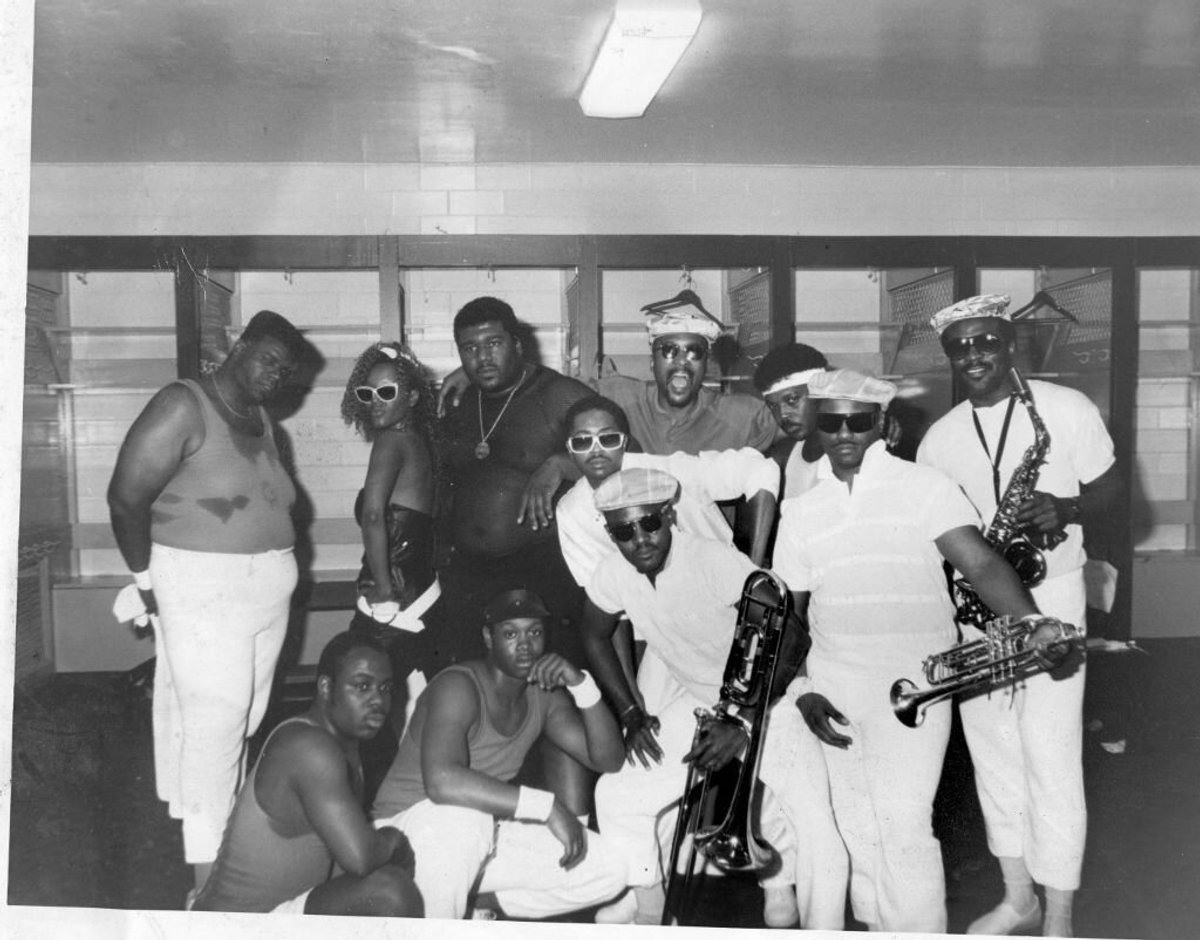
Trouble Funk
Not only was Go-Go a major influence on Hip-Hop, but also left an indelible impression on some of the mightier acts of the time, whose proximity to DC was not as apparent. Throughout the 1980s, Prince would create numerous bootlegs, b-sides and live sections of his show which were deeply inspired by the template of Go-Go. When he disbanded the original lineup of The Revolution, he formed a massive onstage group to promote his 1986 album “Parade”. It was in many ways, a Go-Go band. Using Jerome Benton, Wally Safford and Greg Brooks to fill in the common spot of “dancer/back-up singing hype men” and adding prominent conga and timbale arrangements from Sheila E., he highlighted his renewed investment into the sounds of blackness. Prince’s offshoot forays into Go-Go can be heard on unreleased bootlegs like “U Gotta Shake Something”, the newly released vault classic “It Be’s Like That Sometimes” and even throughout his infamous Black Album.
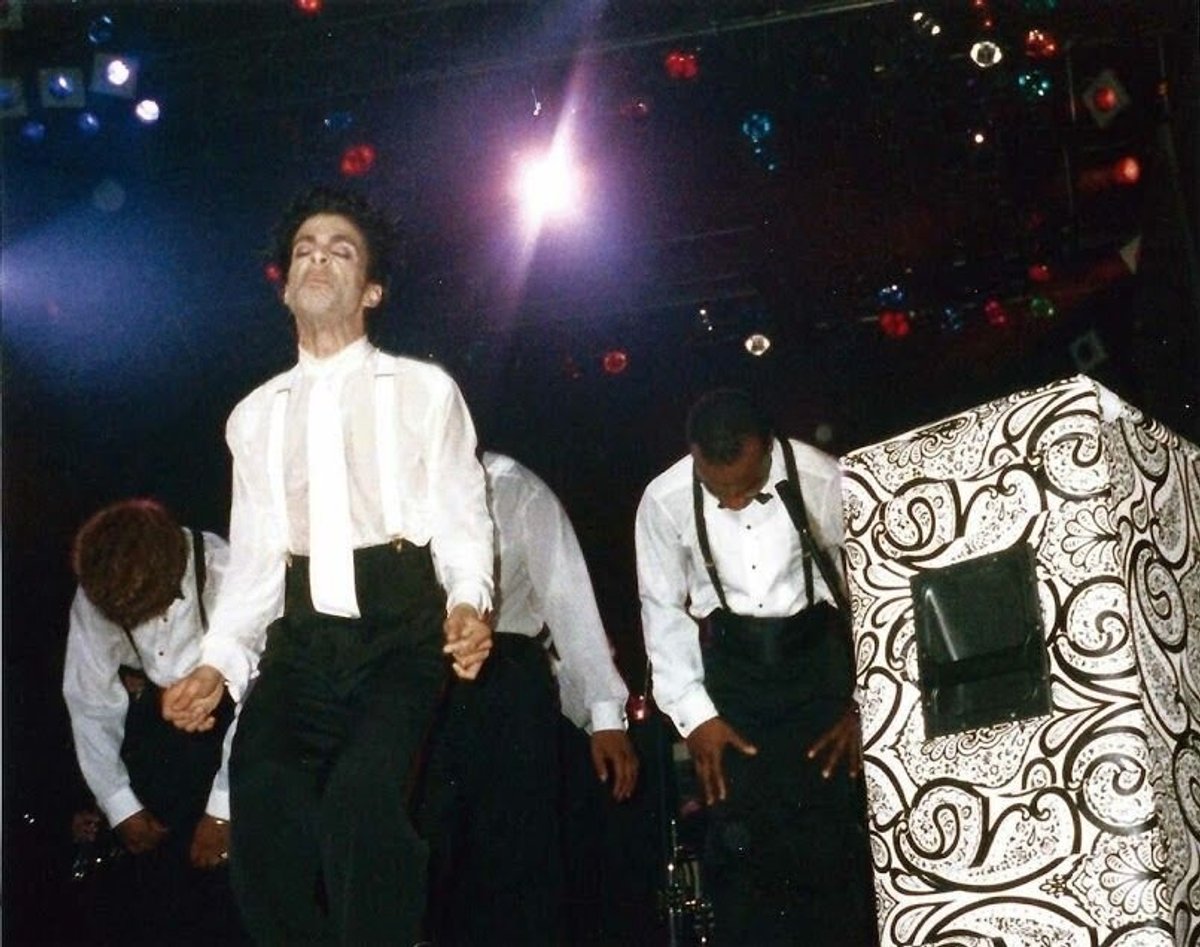
Prince
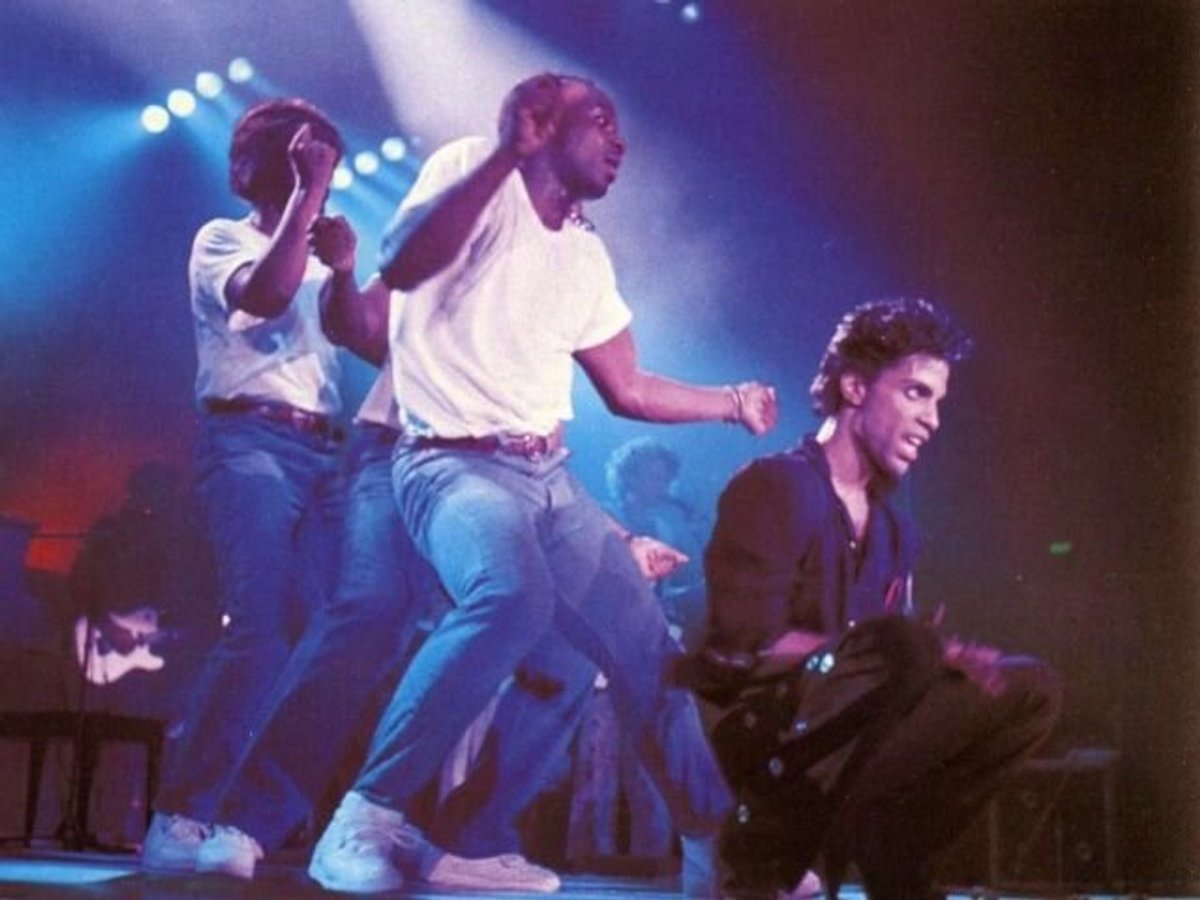
Prince
Forever remaining a band-oriented culture, groups like Redds & The Boys, Junkyard Band, Northeast Groovers and others carried the torch for the homebase and kept a safe space for the youth. A young MeShell Ndegeocello joined Little Benny & The Masters in the 1980s, and would later branch out as a prodigy bassist to become the prolific artist she is today.
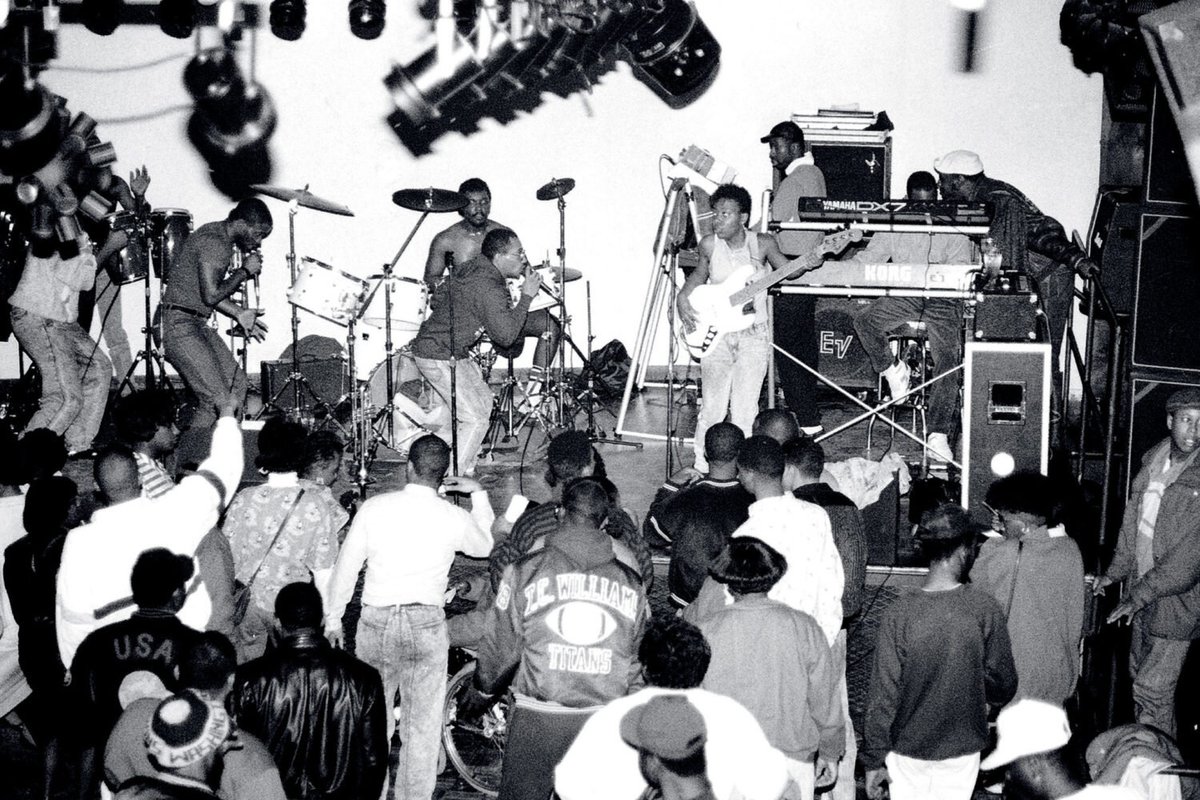
Little Benny & The Masters
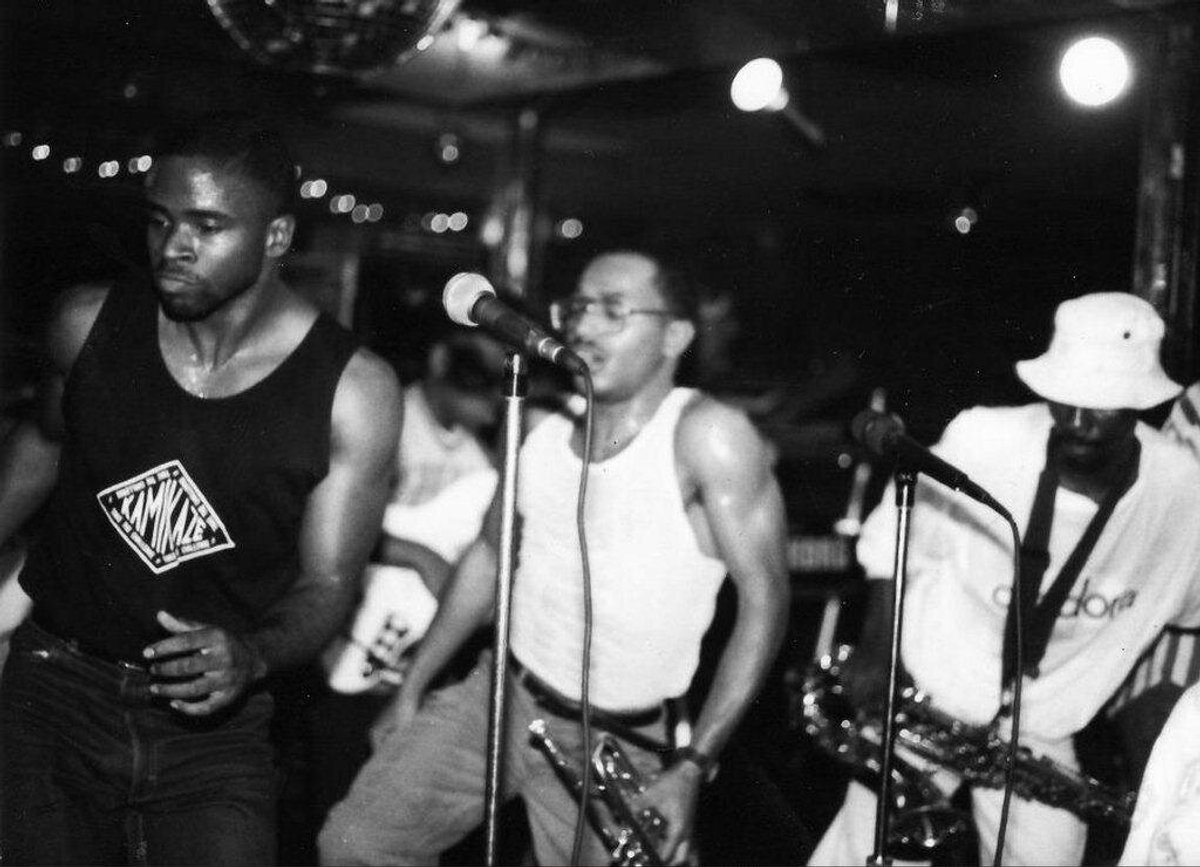
Little Benny & The Masters
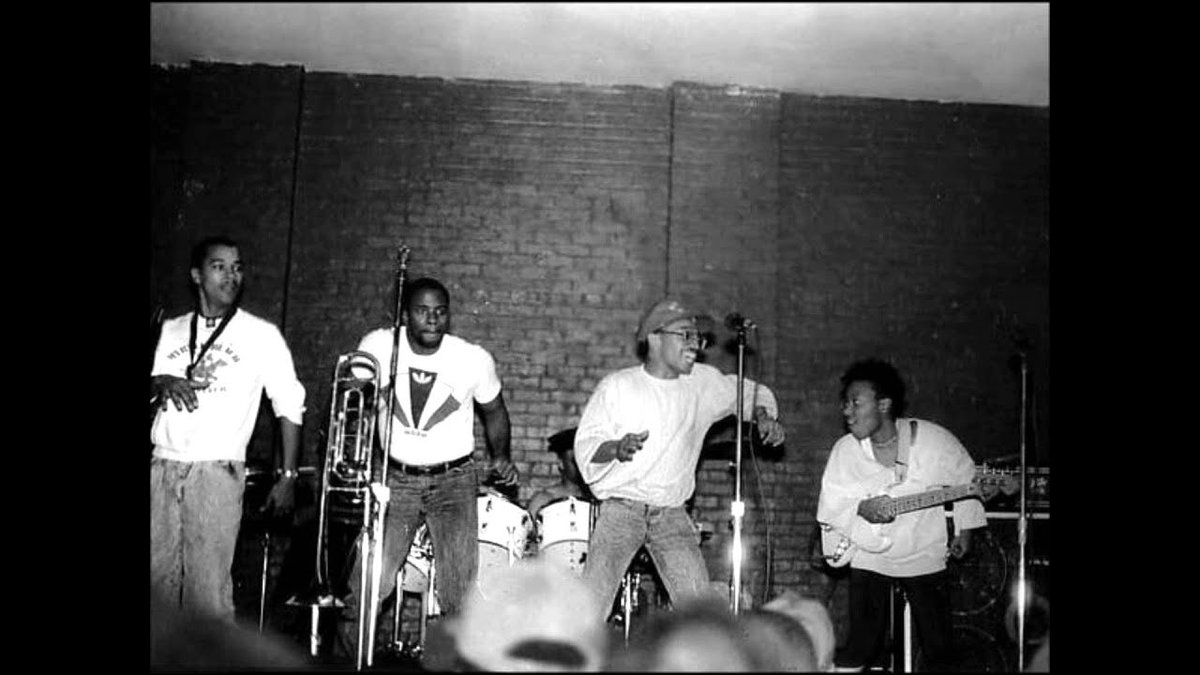
Little Benny & The Masters
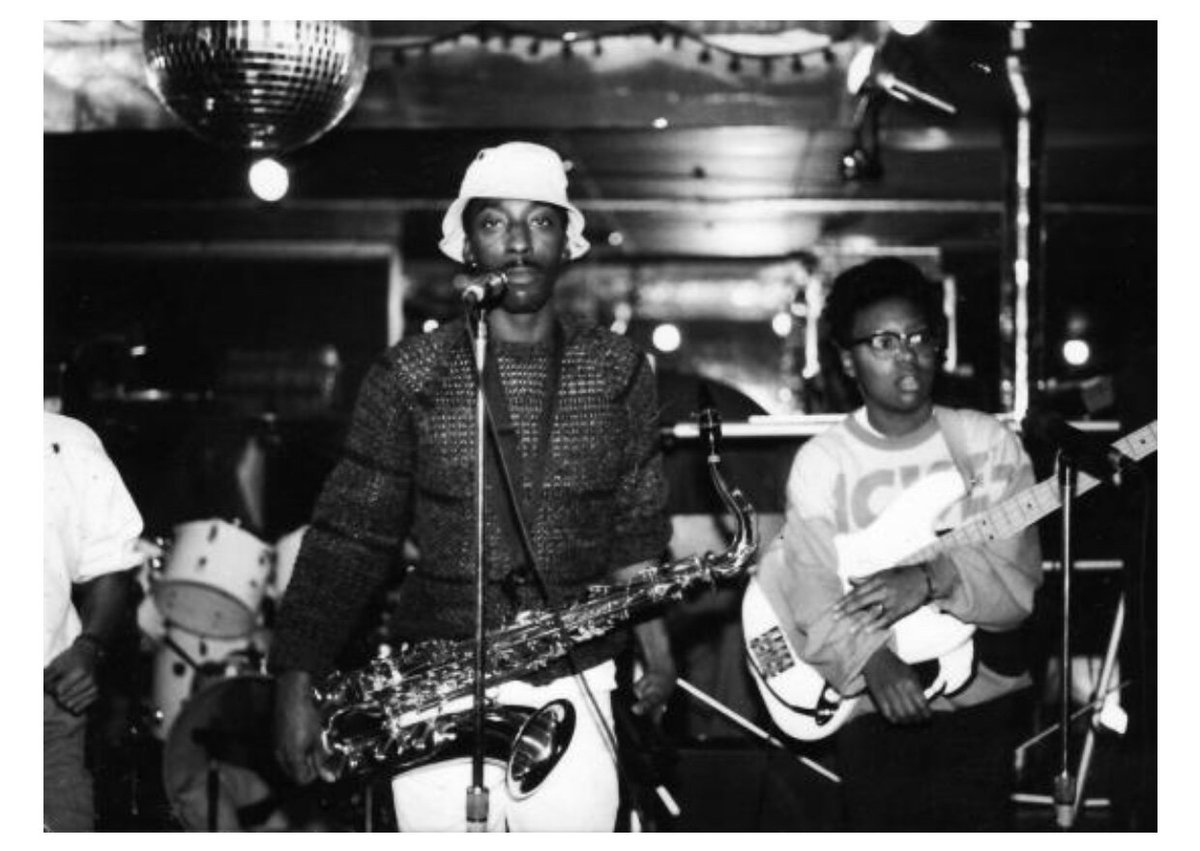
Rory Felton and Meshell of Benny & Masters 1986
Outside of the district, Go-Go was still fighting to keep a space for itself in the sound of popular music. No doubt the heavy hitters like Prince, Madonna, Grace Jones and others were aware and pilfering its power. In order to sustain itself, Go-Go acts sought more and more exposure to the mainstream to remind people of its prowess. The mid 80’s would see that effort platformed like never before. A Purple Rain-esque film, GOOD TO GO also known as Short Fuse, was conjured up in 1986 to do just that. Starring Art Garfunkel, and many of the aforementioned bands, it originally set out to give the music of the district an uplifting and exciting cinematic vehicle, something that could potentially show the world the atmosphere of the band culture and highlight some great performances. Unfortunately, creative and developmental hell prolonged and pronged the film into a frankenstein which ended up demonizing the movement. The film lumped Go-Go into the rising crime, pain and poverty of places like Southeast DC and Anacostia. Where in fact Go-Go was actually a beacon of light, saving the lives of so many people, the film failed to do what Purple Rain had done for Minneapolis.
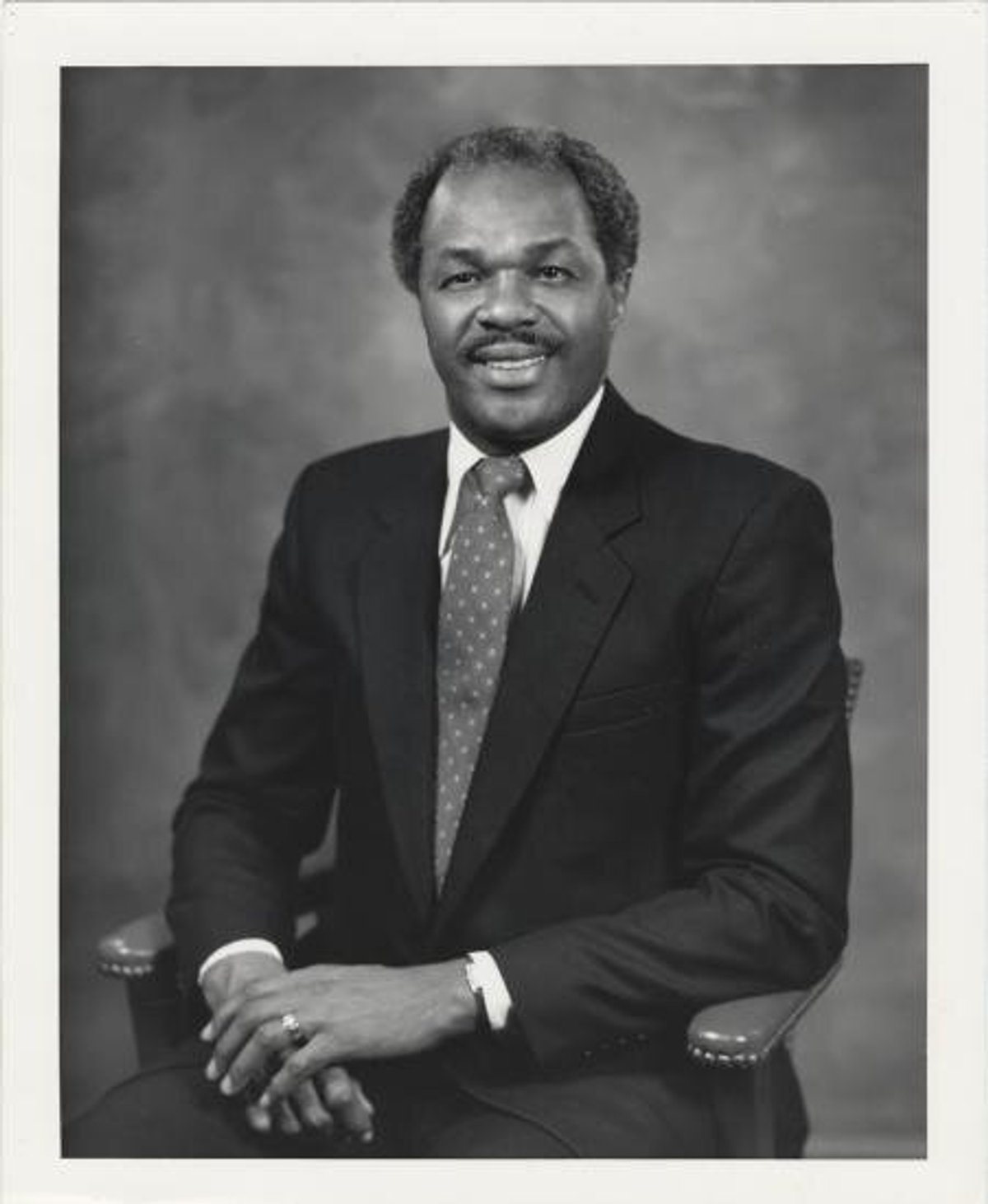
DC Mayor Marion Barry
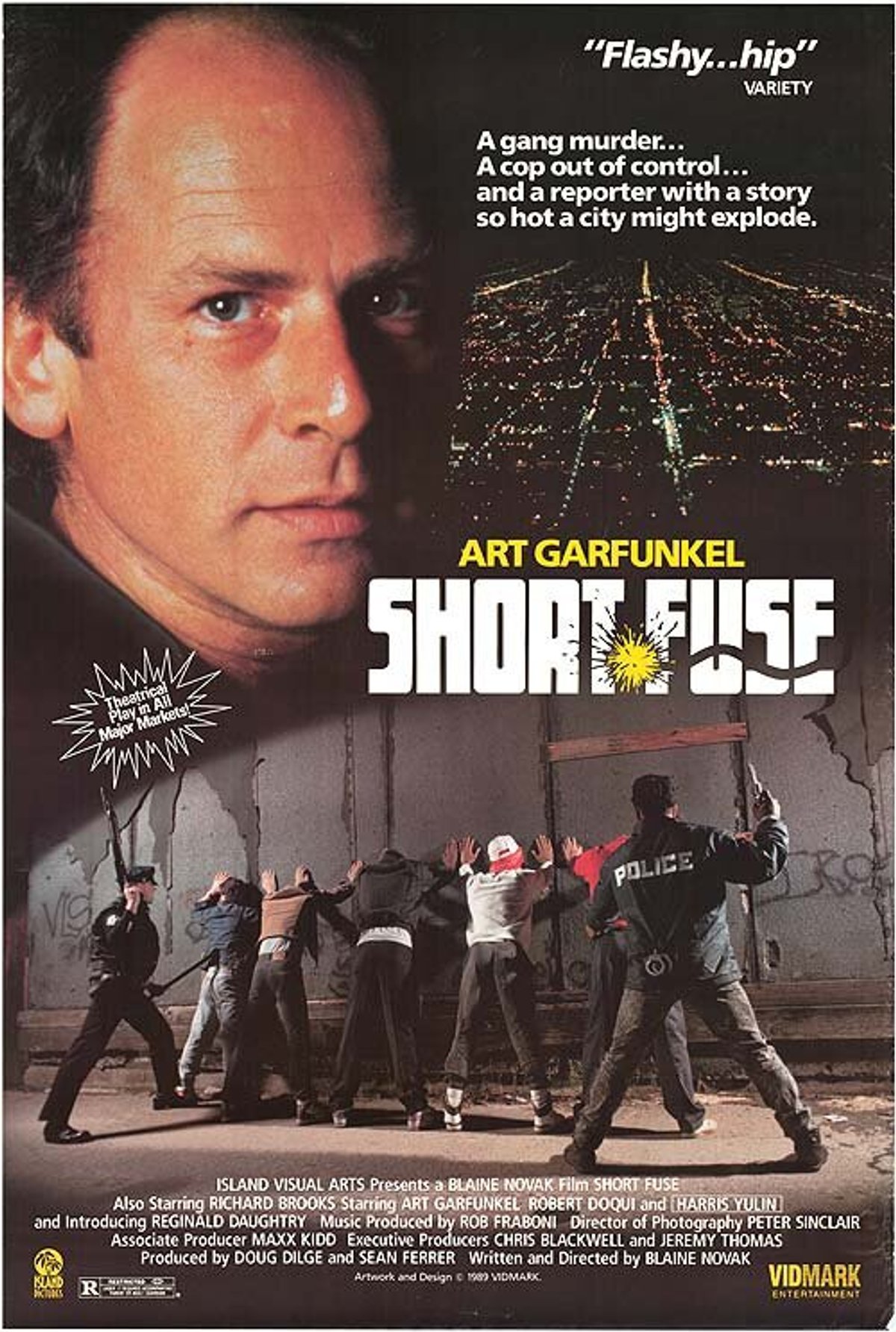
Short Fuse (film)
The next year, those same bands decided to scrap the script and pick up the pieces themselves. They headed to Landover, Maryland and created the most seminal piece of Go-Go iconography:Live At The Capitol Centre (1987). Helmed by Chuck Brown and featuring the best bands of the day, the film and album showcased Go-Go at its very best. 24,000 people sold out the arena, typically reserved for the same major acts who reappropriated the local music for mass consumption. Even today, Go-Go Live at The Capital Centre remains a hallmark and victory lap for many of the unsung heroes of the area. It’s legacy has permeated for so long partly due to the amount of people involved in the show and the cast of characters it inspired. The late great Chucky Thompson, who can be seen accompanying Chuck Brown’s set on a set of congas, would go on to produce and create some of the biggest hits for Bad Boy Records, Usher, Mary J Blige, and many others.
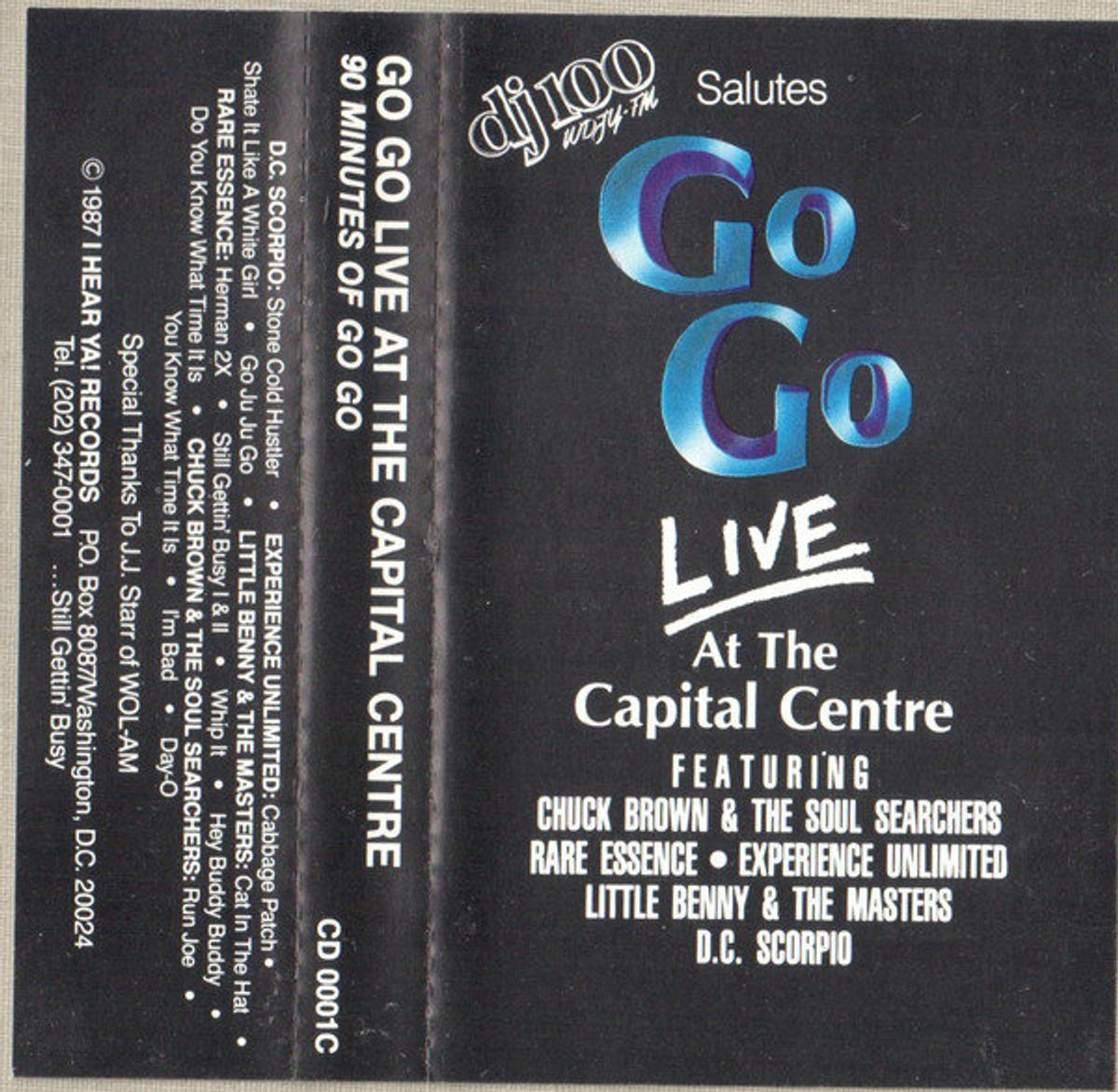
Live at Capital Center Tape
Perhaps no bigger push for popularity came when Spike Lee included EU’s groundbreaking smash, “Da Butt” on his 1988 musical film, School Daze. Carried by the infectious tone of elder statesmen lead vocalist/bassist, Gregory “Sugah Bear” Elliot, the song found a sweet spot at #1 and #35 on the Billboard Black Charts and Hot 100, respectively. The video, directed by Lee, showcased and echoed the same party culture Go-Go was known for. Amongst the backdrop of historically black colleges (HBCUs), the song and film were a monumental, full circle moment for an artform built around Howard University and their legendary homecoming parties. Ironically, the party would not last as long as it should. As the tide of music consumers continued to break away from the band-oriented cornerstone that Go-Go martyred for, so would its promenance in the sphere of popular music.
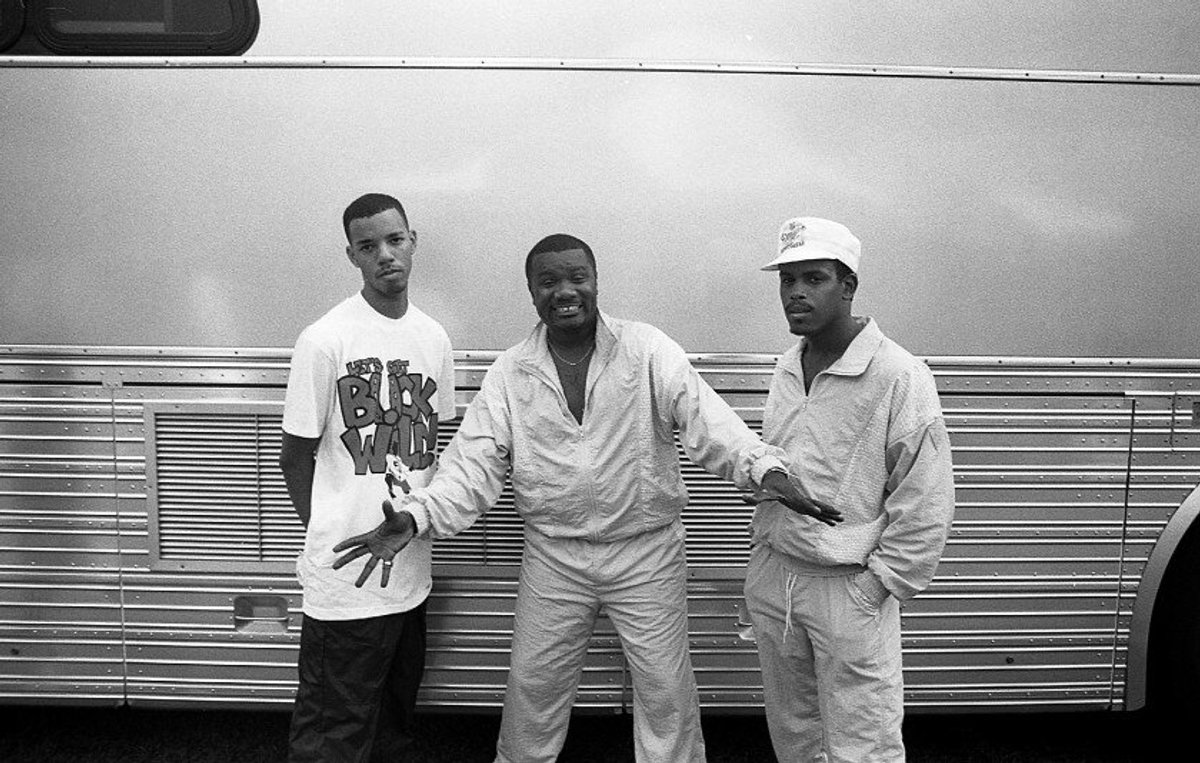
EU
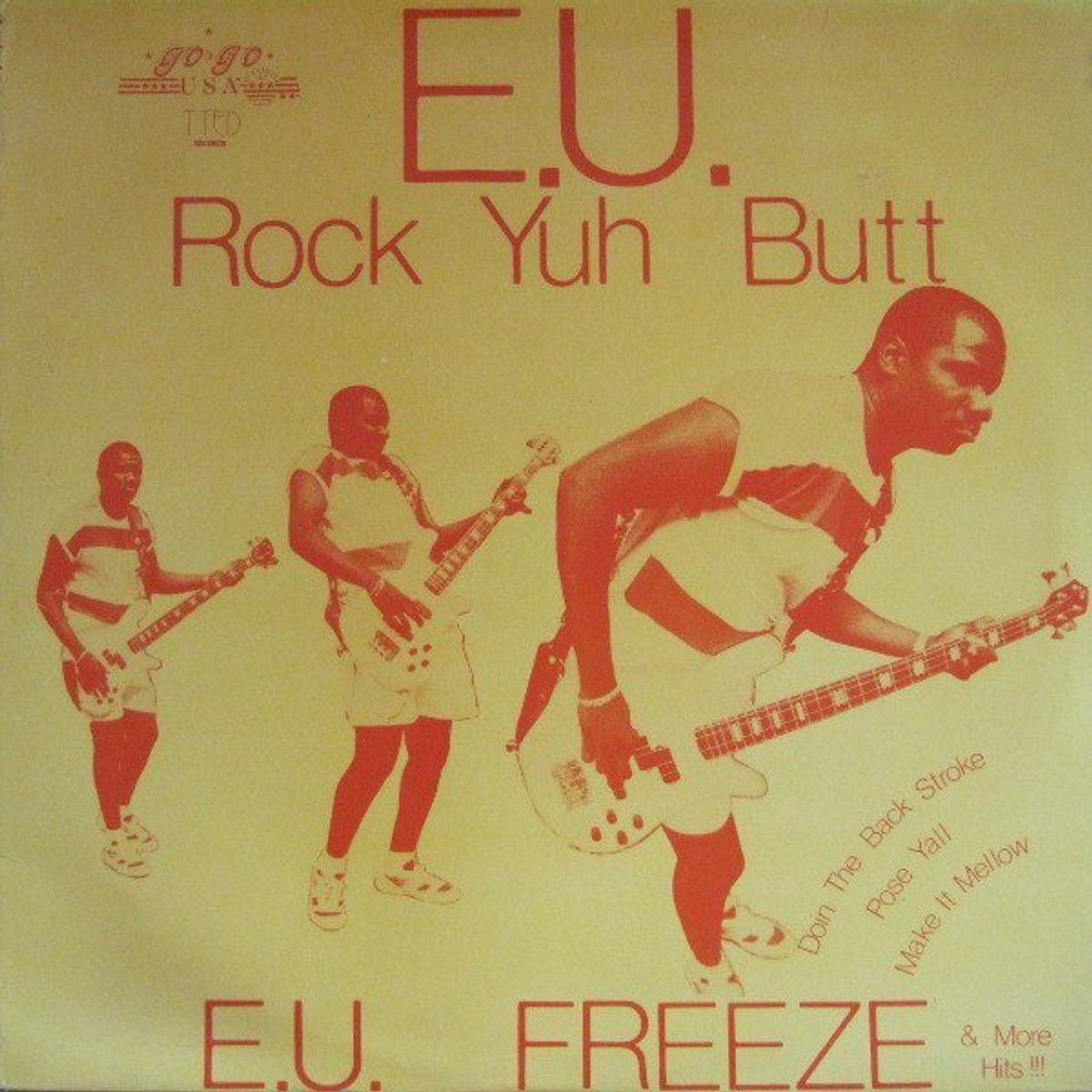
E.U. Freeze
The Sound
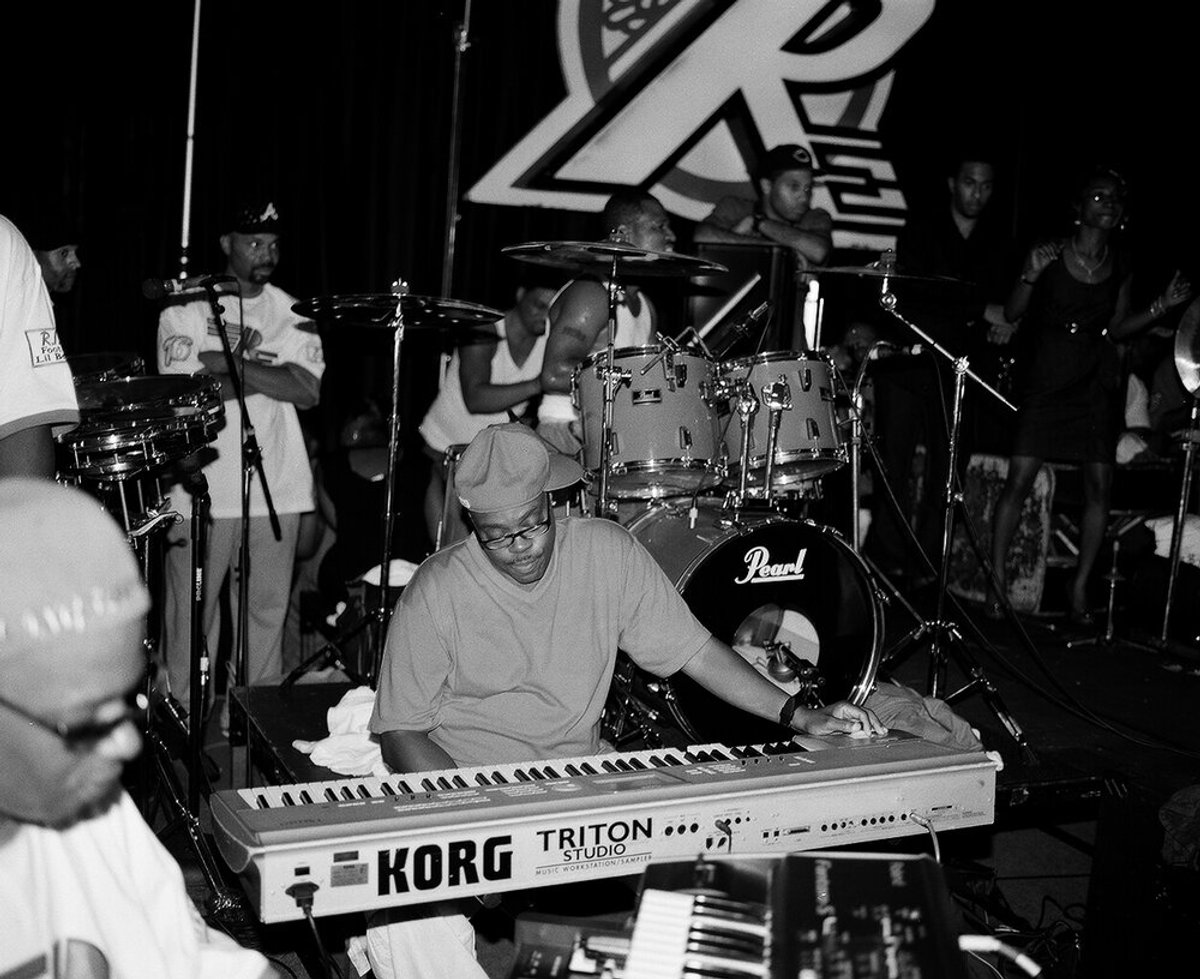
Modern Go-Go
The thesis statement of Go-Go was almost always about: sticking with the times. From the early days of bands learning music through imitation, to the ever changing sounds brought by the wave of 80s bands. Even though the music inspired many who would eat off its sound, Go-Go never quite set the table, but rather would rush to claim a seat. This helped in the beginning to keep the music alive, but into 1990’s and 2000s, the sound of the music would take a dramatic shift back to its rudimentary elements. The sound of the swing slowed down dramatically, the lyrics began to focus much more heavily on aspects reflected in modern rap music and the burgeoning drive for mainstream attention seemed to dwindle. Go-Go went back to its roots with swap meets at Don Campbell’s legendary Metro PCS store and live show recording trades. There was an even heavier emphasis on cover versions, slowed down to an almost Chopped-N-Screwed speed by a slew of acronymic bands like: TCB, UCB, BYB and others. Backyard Band (BYB) and Uncalled 4 Band (UCB) may be one of the last bastions of Go-Go glory. Their cover/interpolation of The System’s “Don’t Disturb This Groove’’ took their smash hit “Sexy Lady” across the radio waves. Around that time, major hits by Amerie “One Thing” and Jennifer Lopez “Get Right” were constructed through the essence and lense of Go-Go music. Whether it was the production style or the sample at hand, people like Rich Harrison and Wale helped to give Go-Go a second wind within the mainstream during the 2000s. However, it may in fact have been the death throes of a movement. Go-Go came from the roots of a place dedicated to survival and it fought as hard as the people who made it, to stay alive. Although it may be marked by a locked period of time, we will always be able to hear its distinct sound: its people and its purpose in the pattern of the beat, the swing, the cowbell, the congas and above all - the groove.
